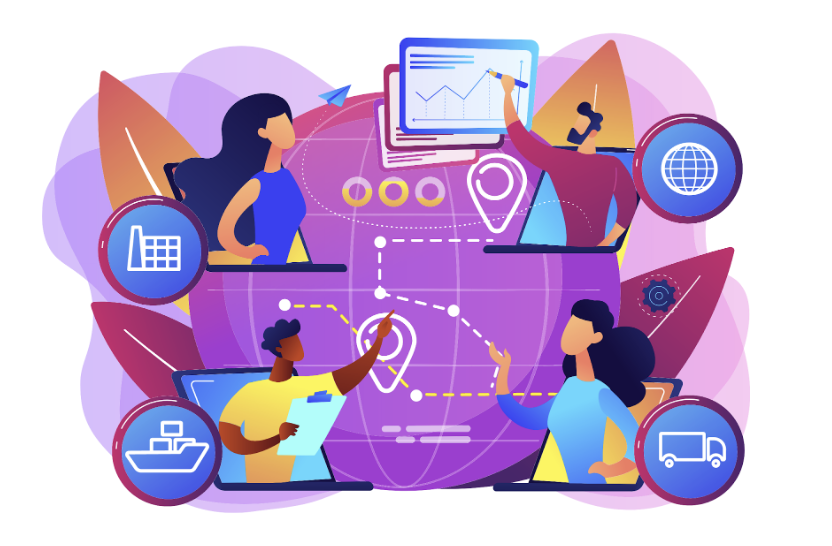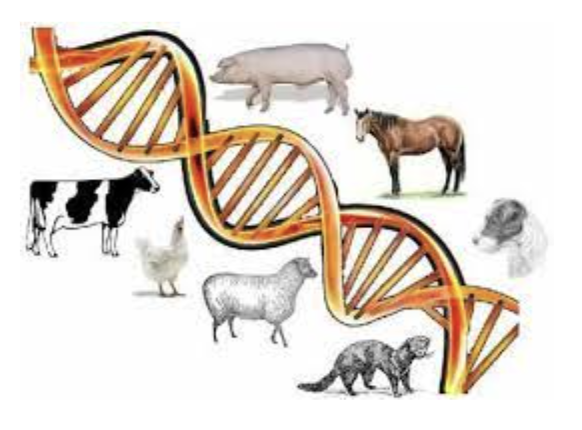
Apparel Industry
Introduction of the Industry:
Fashion is one of the world’s most important industries, driving a significant part of the global economy. It is one of the key value-creating industries for the world economy. If it were ranked alongside individual countries’ GDP the global fashion industry would represent the seventh-largest economy in the world,’’ stated McKinsey in its State of Fashion 2017 report.
After lockdown restrictions were lifted in many parts of the world, consumers headed back to the stores. With that the fashion industry returned to pre-pandemic levels.
According to Euromonitor, the global apparel and footwear industry grew by 18.1% at current prices in 2020-2021, to $1.71 billion dollars in market size (retail value USD million) in 2021.
The world’s apparel retail market is expected to enjoy a 7.5% growth in 2021-2022 to $1.84 billion dollars in 2022 and a 6.1% growth in 2022-2023 to $1.95 billion dollars in 2023.
The Australian textile and apparel industry plays a substantial role across the economy including in design, education, fibre production, services, research and technology. The industry is continually diversifying, and has shifted Australia’s position to an innovator of smart textiles, highquality fibres, leading design education and unique fabric development. The industry is poised for a dynamic period ahead with increased demand from the growing middle-class of Asian markets, significant growth in e-commerce globally, improvements in textile technology, innovative fabrics and world-class education capabilities. Australia’s 27 years of uninterrupted economic growth has given rise to innovative new businesses that are building their international reputations with global supply chains.
Australian textile and apparel industry contributes to over $12 billion towards Australian economy with around $2.5 billion worth cotton export and $5 billion worth of fashion export.
Impact of the current problem:
The apparel industry is adapting to three key challenges.
- The rapid growth of counterfeiting:The rapid growth of counterfeiting has grown into a global and highly-sophisticated market worth billions of dollars. The Global Brand Counterfeiting Report has recently estimated losses of nearly $100 billion, demonstrating the growing extent of counterfeiting in luxury goods. Protecting brand authenticity has therefore rapidly risen up the business agenda. When counterfeit products from a fashion label are counterfeit, reputations built on craft, origin, and quality are inevitably tarnished. The leading brands must find new ways of reassuring customers that they are buying genuine article.
- Environmentalism: Next, environmentalism is now a key driver of choice in the market. According to IBM’s US Retail Index for 2020, sustainability has hit a tipping point with global sustainable and environmentally responsible investment up by 68 percent to exceed USD 30 trillion. “More and more, awareness of global environmental issues is changing the habits of consumers wherever they live. These attitudes are driving brand choice. Over 7 in 10 consumers say it’s at least moderately important that brands offer “clean” products (78 percent), are sustainable and environmentally responsible (77 percent), support recycling (76 percent), or use natural ingredients (72 percent),” found the report. The narrative around fast fashion – associated with opaque supply chains, unsustainable sourcing, high water usage and global transportation – has tarnished the whole industry. Brands feel compelled to put distance between themselves and the ‘bad apples’, by demonstrating that their raw materials, and especially products such as animal skin, are fully traceable to sustainable and high-welfare sources.
- Human Rights Violation:Finally, media stories have highlighted the human impact of improper worker rights and working conditions. For brands using precious materials, such as gold and gemstones, there is an added expectation of proving that this bling comes from non-conflict mines. The burden of evidence is with the manufacturers.
Solution with A2B:
- Customized Template:The stakeholders of the clothing industry can collect data through our templates across the supply chain. The user have the option to use the pre-defined templates or edit on the basis of their data needs.
- Group sharing: The stakeholders of the clothing industry across the supply chain can share and verify information with each other. This creates transparency in the process. Also, data shared among the parties can be trusted.
- No coding: A2B platform is coding-free. Our platform has provided a solution to minimise the reluctance toward blockchain adoption. Many businesses have shown resistance to integrating blockchain into their business process due to a lack of knowledge and technical expertise. As mentioned above, our customized templates act as a data capturing mechanism that does not require prior coding knowledge.
- Affordable & Accessible: A2B App is accessible and affordable. Businesses do not have to make any radical changes to their practice. They only pay for the transactions they post and the template they use. Businesses also do not need to hire technical staff to use A2B App. Clothing brands can make use of their social media presence to advertise their collaboration with a blockchain platform.
Benefits
Blockchain can be used to record different types of data: from transactions (which is useful for cryptocurrencies) to events (the execution of “smart” contracts, for example) and information, without relying on a middleman or having to interact with other users. That data can be anything: products, materials, suppliers. This means that blockchain can help track any items throughout their lifecycles. When paired with tracking tags, the blockchain can also trace products through the entire supply chain, from the raw material to the factory and even to the consumer and beyond. It is an excellent tool for supply chain and inventory management, especially since the blockchain (so the record of all the information collected throughout an item’s journey) cannot be modified. This means it can improve traceability and transparency
Blockchain also improves a brand’s storytelling through documenting every step of the design process. As a result, consumers can know (and trust) where their clothes come from, make sure the ethical and sustainable standards set by the brand are met, and see the real value in the clothes they buy. blockchain can also help designers protect their intellectual property because products can be traced. It becomes easy for consumers and retailers to verify their authenticity, reducing the risk of counterfeiting.
Opportunities:
- Using the templates from A2B platform, capture all the data that helps making the process transparent.
- Be among the first to incorporate blockchain technology. Run an informative advertising campaign based on sustainability.
- Clear our claims of greenwashing.
Use Case:
Curate was found with the intention of providing users easy access to exclusive and unique fashion pieces produced by small and large retailers and designers. It is a style discovery decentralized app based on blockchain technology that rewards all users with cryptocurrencies such as ETH, BTC and its native token CUR8, for contributing to the platform.
Brands and retailers like LV, Zara, Gucci, Prada, and Amazon have partnered with Curate to leverage blockchain technology used on the platform. The technology protects brands against their customers being exposed to fraud and the risk of buying counterfeit products through a remote frequency identification protocol integrated into the system.
The RFID smart tags attached to materials can be scanned by the users to confirm the genuineness and authenticity of the product they have purchased. Uses can use the camera on their mobile devices to scan the code and pull out the history of the material.
This unique feature not only helps the customers in buying authentic brands but also protects the reputation of brands from being damaged due to counterfeits. The history of the fabric also helps consumers who don’t prefer buying clothing that’s manufactured at the cost of the environment. The platform further helps designers, irrespective of large or small, to gain recognition and awareness by trending on the basis of ratings and upvotes received by the users.
Conclusion:
The apparel industry as a whole has been under a microscope in recent years due to ethical and environmental issues that are becoming increasingly acute for both customers and companies. On a parallel track, many brands are working to combat the proliferation of counterfeit goods by ensuring product authenticity from its point of origin to the hands of the customer. There clearly are some changes to be made, and the adoption of blockchain by fashion industry players is predicted to be slow, but this new technology does have an exciting potential that cannot be ignored.





